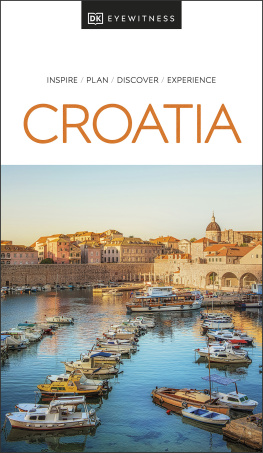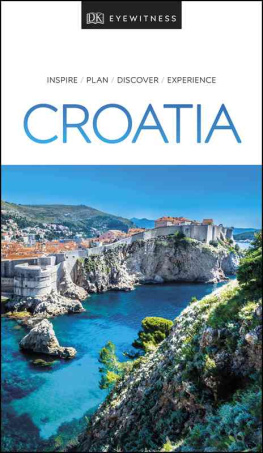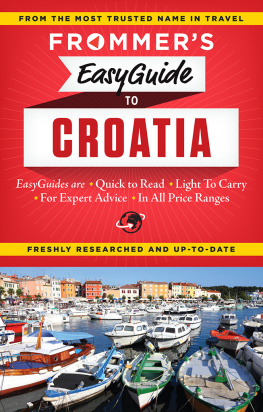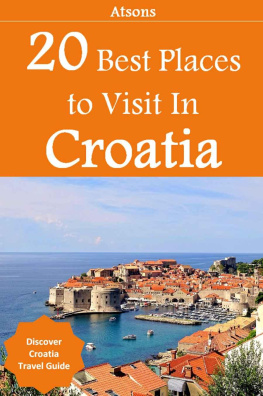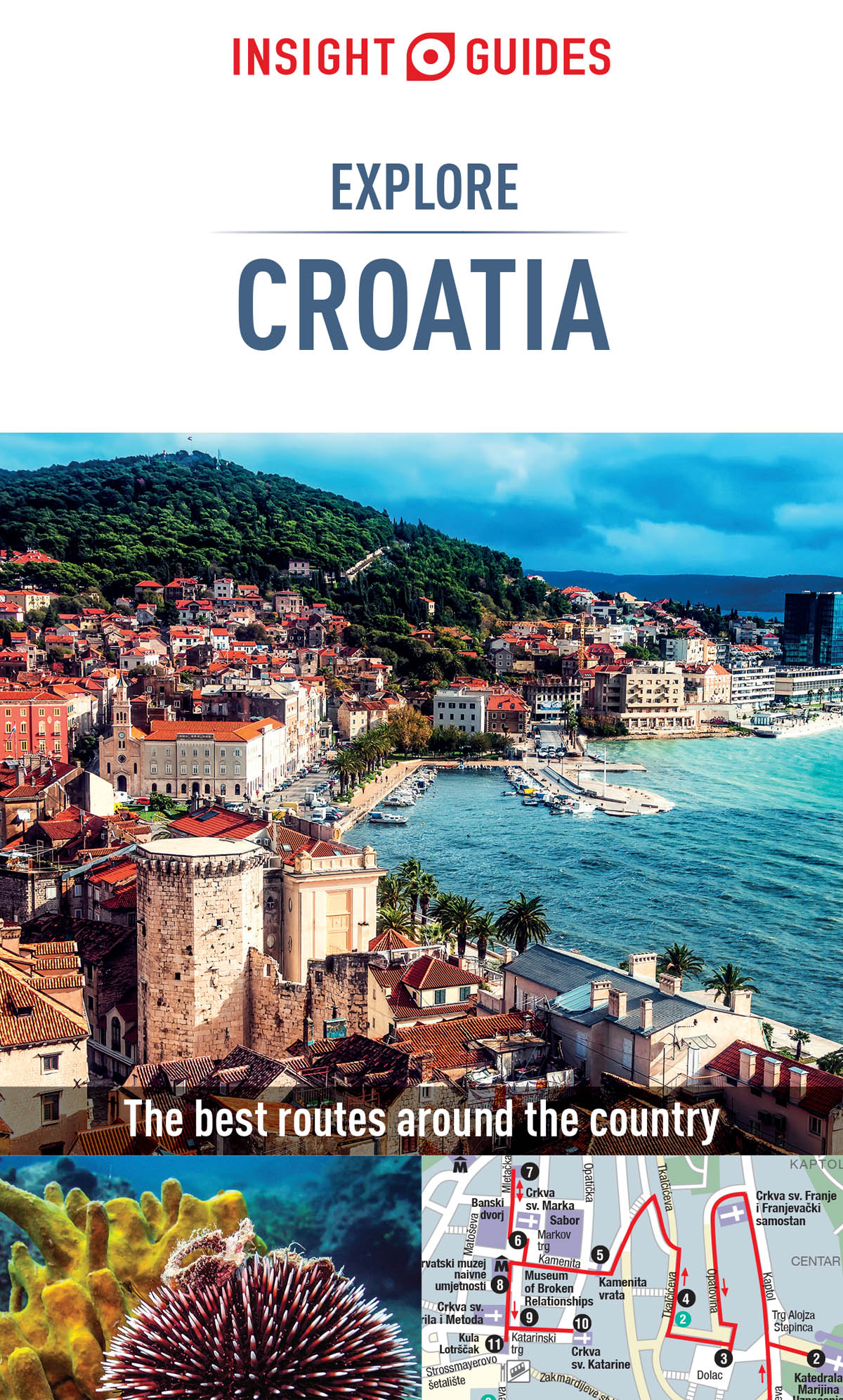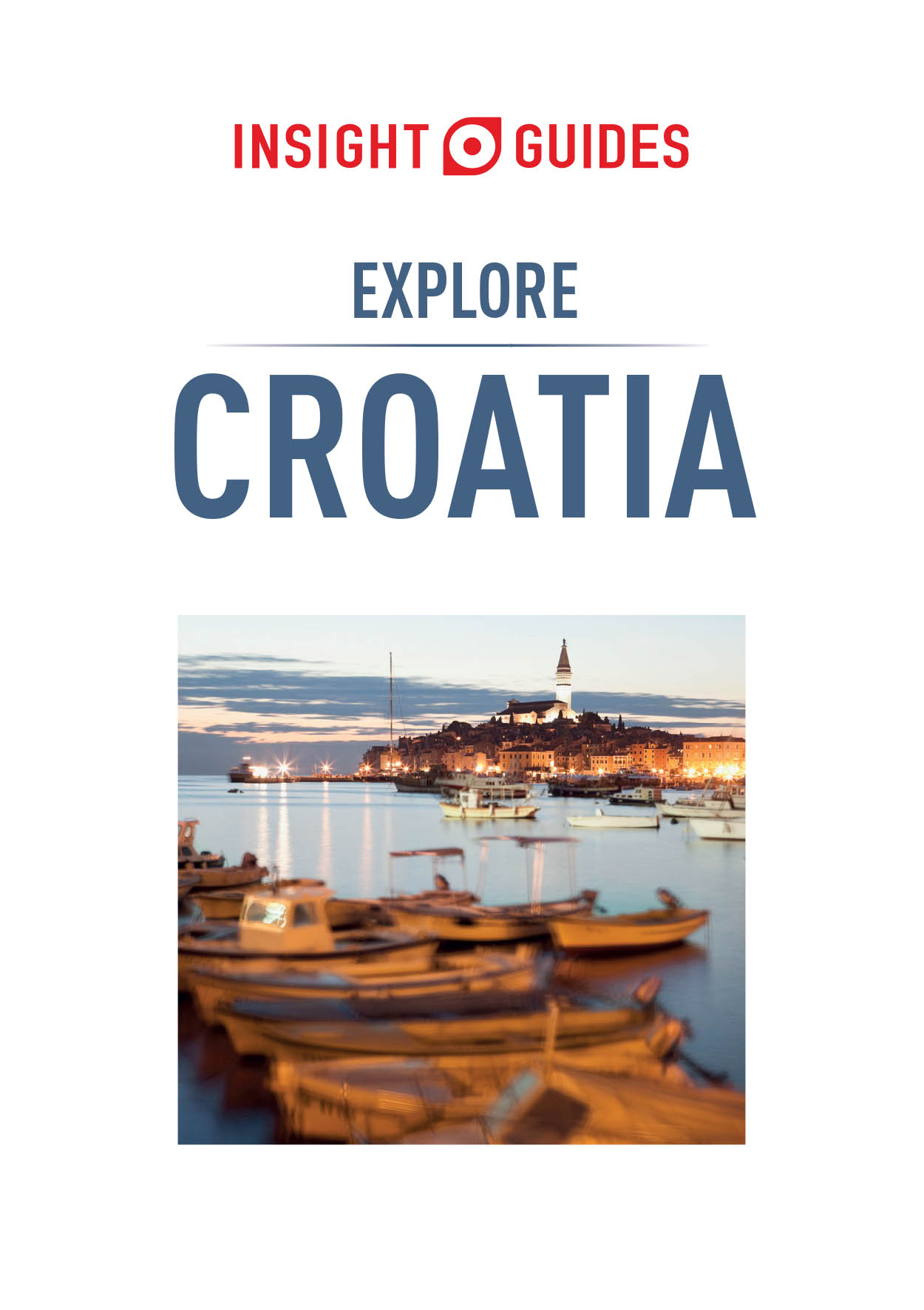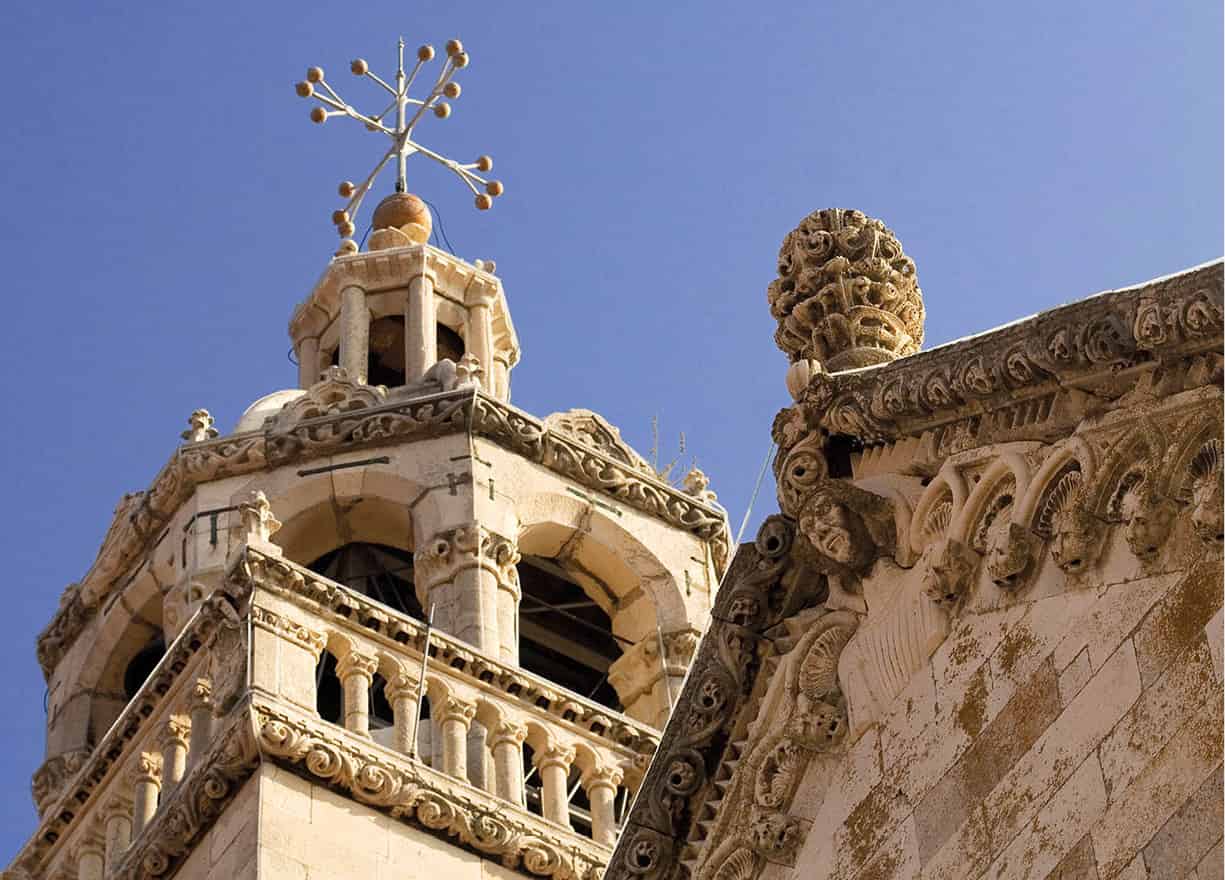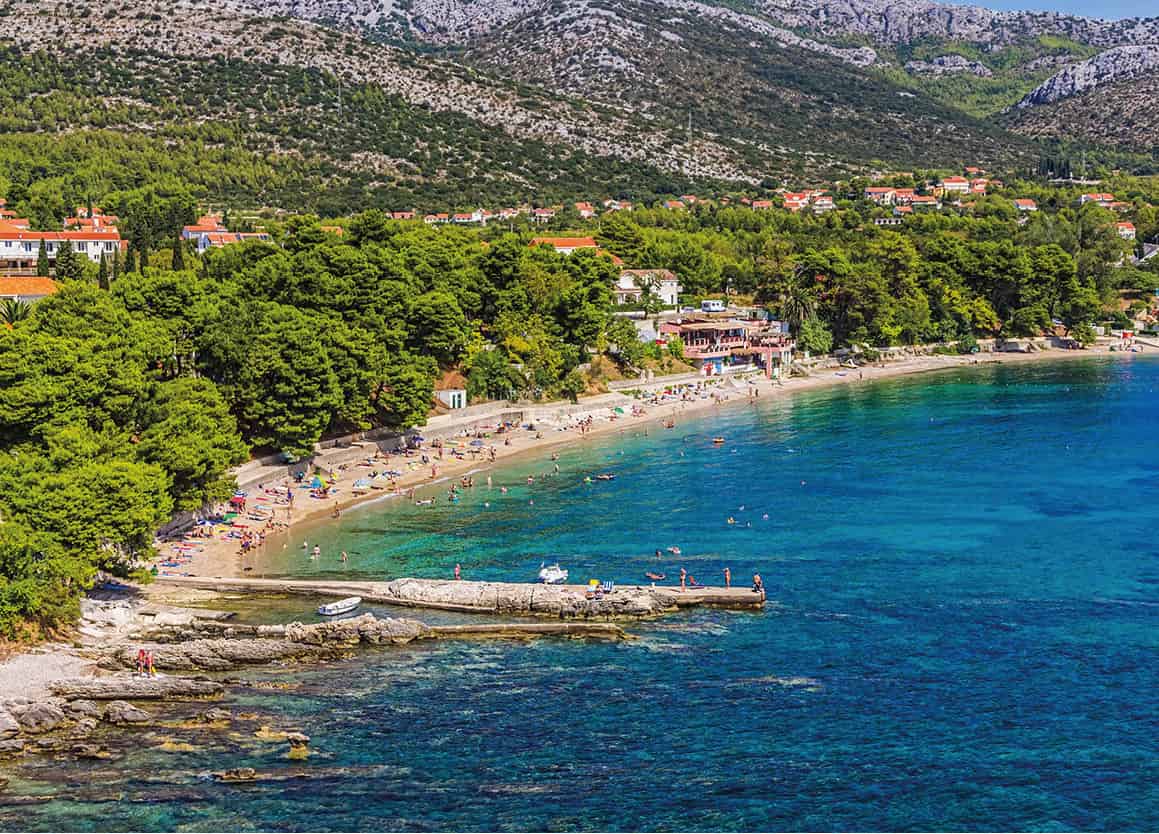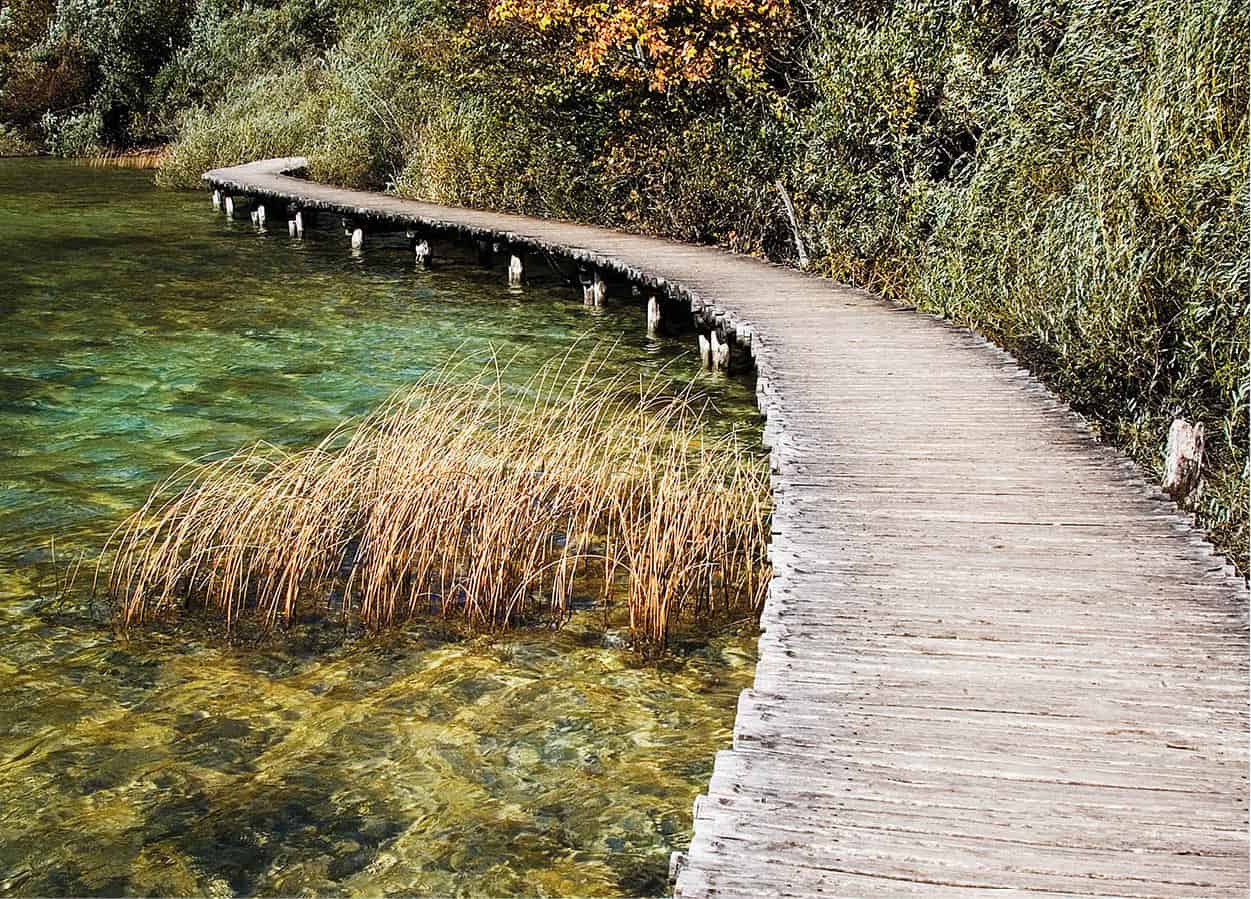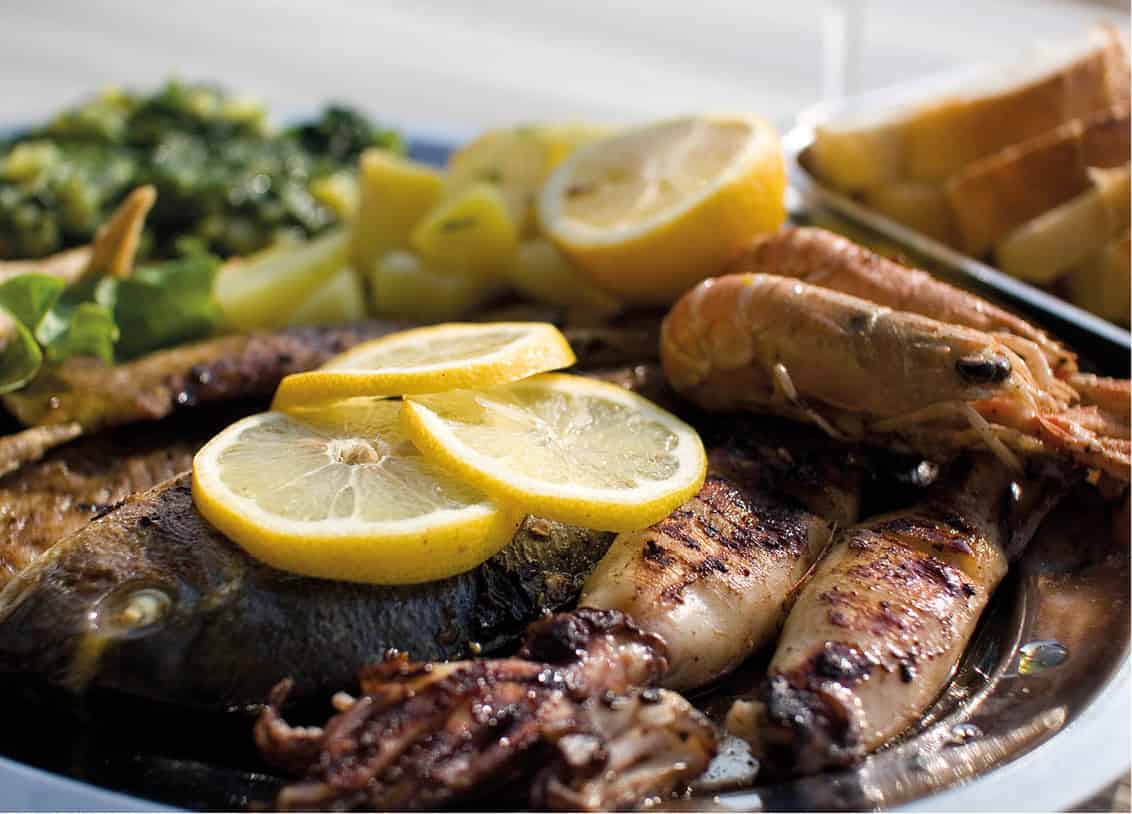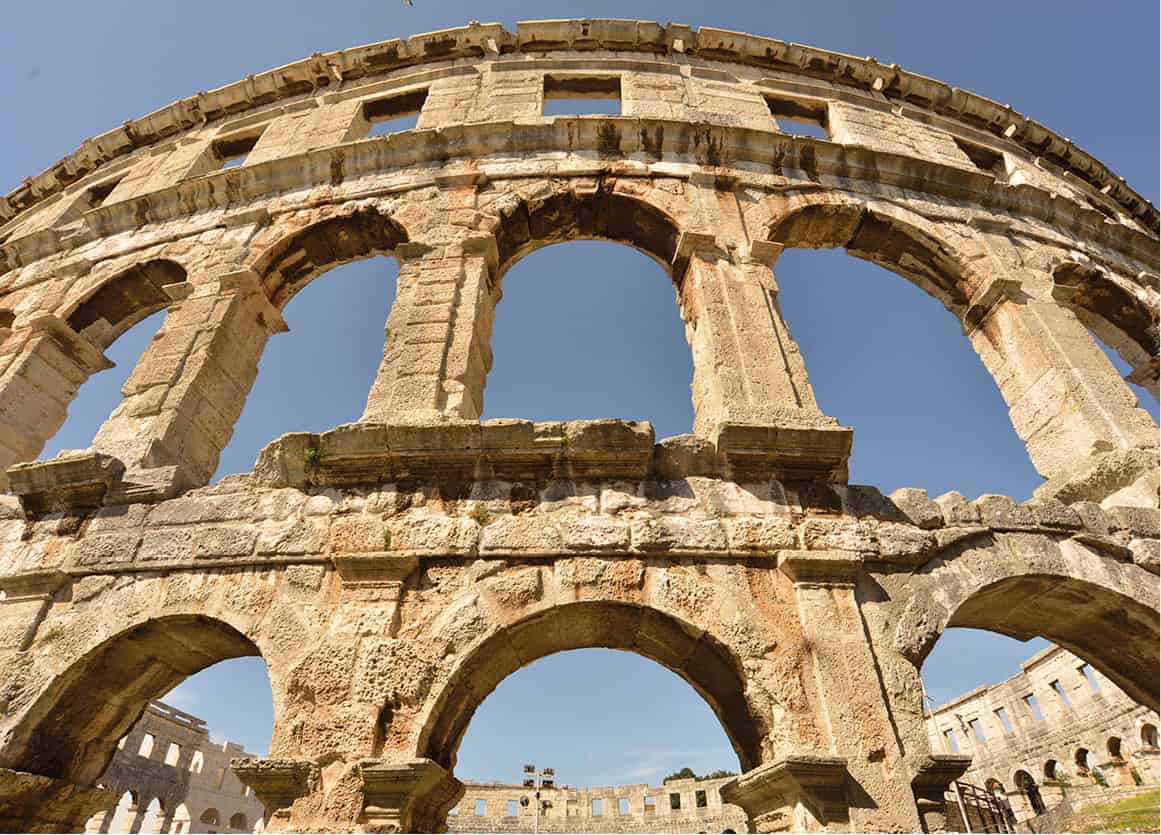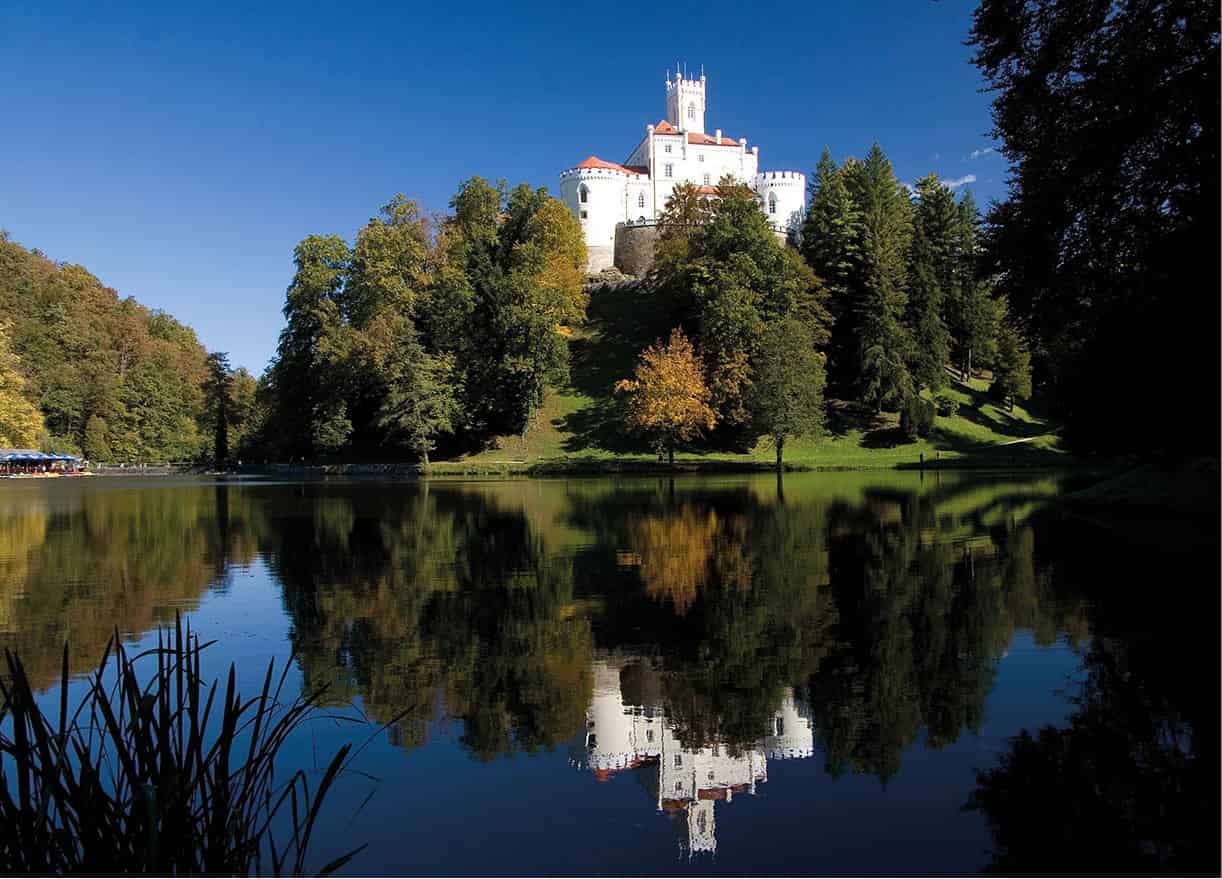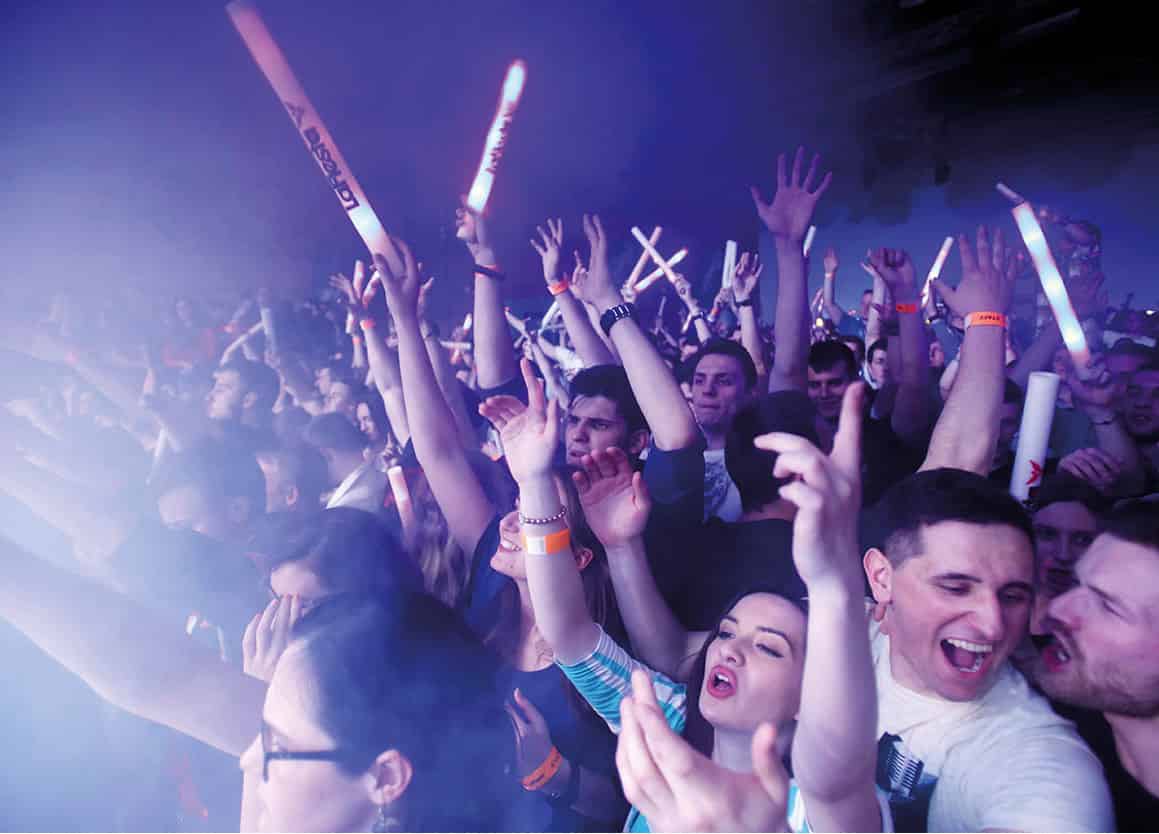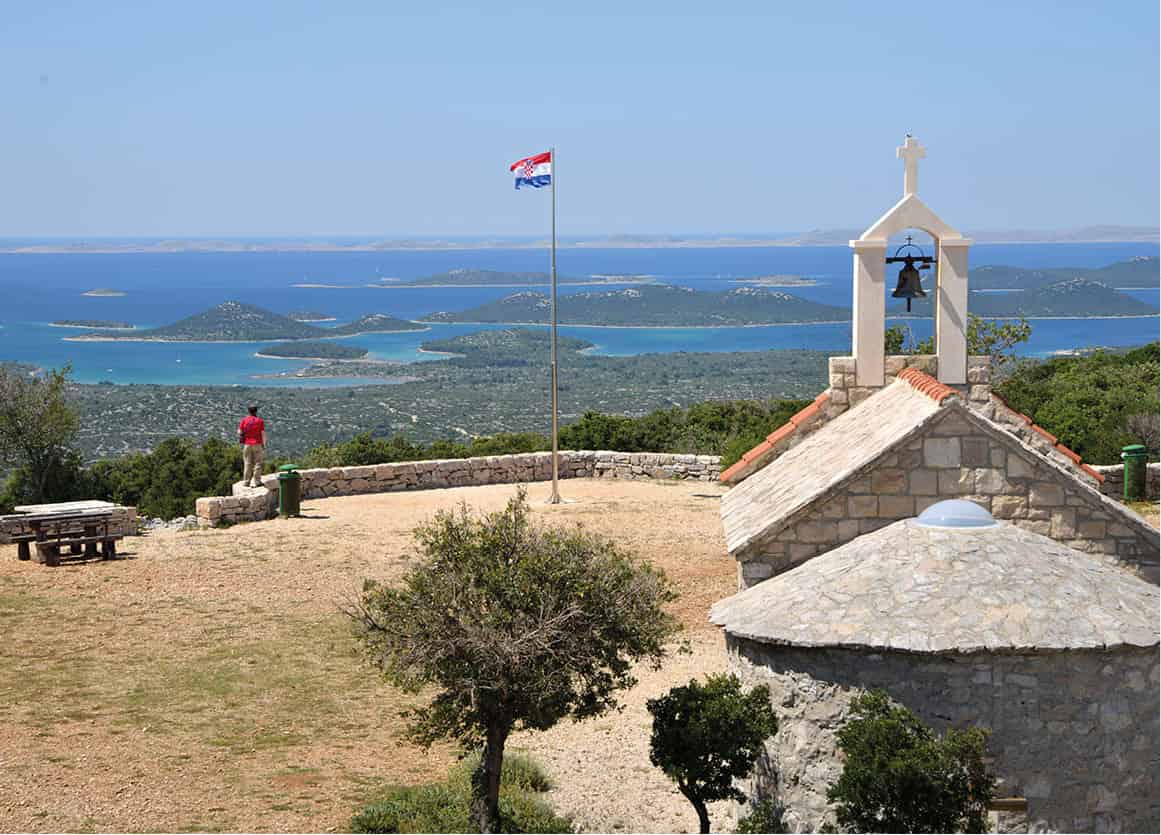How To Use This E-Book
This Explore Guide has been produced by the editors of Insight Guides, whose books have set the standard for visual travel guides since 1970. With top-quality photography and authoritative recommendations, these guidebooks bring you the very best routes and itineraries in the worlds most exciting destinations.
Best Routes
The routes in this book provide something to suit all budgets, tastes and trip lengths. As well as covering the destinations many classic attractions, the routes embrace a range of interests, so whether you are an art fan, a gourmet, a history buff or have kids to entertain, you will find an option to suit.
We recommend reading the whole of a route before setting out. This should help you to familiarise yourself with it and enable you to plan where to stop for refreshments options are shown in the Food and Drink box at the end of each tour.
Introduction
The routes are set in context by this introductory section, giving an overview of the destination to set the scene, plus background information on food and drink, shopping and more, while a succinct history timeline highlights the key events over the centuries.
Directory
Also supporting the routes is a Directory chapter, with a clearly organised AZ of practical information, our pick of where to stay while you are there and select restaurant listings; these eateries complement the more low-key cafs and restaurants that feature within the routes and are intended to offer a wider choice for evening dining. Also included here are some nightlife listings, plus a handy language guide and our recommendations for books and films about the destination.
Getting around the e-book
In the Table of Contents and throughout this e-book you will see hyperlinked references. Just tap a hyperlink once to skip to the section you would like to read. Practical information and listings are also hyperlinked, so as long as you have an external connection to the internet, you can tap a link to go directly to the website for more information.
Maps
All key attractions and sights mentioned in the text are numbered and cross-referenced to high-quality maps. Wherever you see the reference [map] just tap this to go straight to the related map. You can also double-tap any map for a zoom view.
Images
Youll find lots of beautiful high-resolution images that capture the essence of the destination. Simply double-tap on an image to see it full-screen.
2017 Apa Digital (CH) AG and Apa Publications (UK) Ltd
Table of Contents
Recommended Routes For...
Architecture
Encircled by its ramparts, Dubrovnik () mixes the medieval and the 19th century.
Corrie Wingate/Apa Publications
Outdoor types
Work up a sweat climbing Biokovo Mountain () offers several activities including rock-climbing, scuba-diving and swimming.
Goran Ergovi/Croatian National Tourist Board
Beaches
The best sandy beaches are those of Peljeac () have quieter options.
iStock
National parks
For unspoilt natural beauty, try Krka () with two saltwater lakes and lush forests.
Corrie Wingate/Apa Publications
Foodies
A stay in Croatia would not be complete without sampling wine from the Peljeac peninsula () has excellent restaurants.
Corrie Wingate/Apa Publications
Roman ruins
Diocletians Palace in Split ().
Dominic Burdon/APA Publications
Children
Kids love the beach, but they will also be awed by the waterfalls of Plitvice Lakes () are straight out of a fairy tale.
Corrie Wingate/Apa Publications
Night owls
The most diverse nightlife is in Zagreb () has a Mediterranean vibe.
Shutterstock
Explore Croatia
Croatia is one of Europes most exciting destinations, with a seemingly endless coastline, hundreds of islands and the kind of laid-back attitude that makes for a great holiday. History, culture, beaches: Croatia has it all, and it is easy to get around speaking English.
Perhaps one of Croatias best attributes is that you get two countries for the price of one. The long coastal region is heavily influenced by Italy, from the cuisine and Roman ruins to the insouciant attitude. Zagreb and northern Croatia, on the other hand, have much closer cultural, linguistic and economic ties with Germany and Austria which are demonstrated, in particular, by the Baroque cities that flourished in the 17th and 18th centuries under Austro-Hungarian rule. This duality is a direct result of Croatias tortuous history.
Croatias coastline is dotted with myriad islands
Dominic Burdon/APA Publications
Croatian identity
The great epoch of Croatian kings was more than 1,000 years ago. For many centuries, a country called Croatia simply didnt exist. The Adriatic coast was part of the Roman Empire and then the Byzantine Empire before bouncing over to Hungarian kings and then the Venetians, the French (under Napoleon Bonaparte) and Italy in the 20th century. Austrians and Hungarians exerted nearly continuous control over the interior until the end of World War I when the first Kingdom of Serbs, Croats and Slovenes emerged, later supplanted by Yugoslavia at the end of World War II (for more information, ). During all of this, a sense of national identity was somehow kept alive throughout Croatias diverse regions. The Serbian nationalism of Slobodan Miloevi provided the spark that fired up Croatias long-suppressed dream of independence. Nevertheless, the resulting conflagration took most Croatians by surprise. The terrible war years were followed by economic stagnation. But in spite of a long and difficult journey, independent Croatia has regained its footing and became a member of the European Union in 2013.


